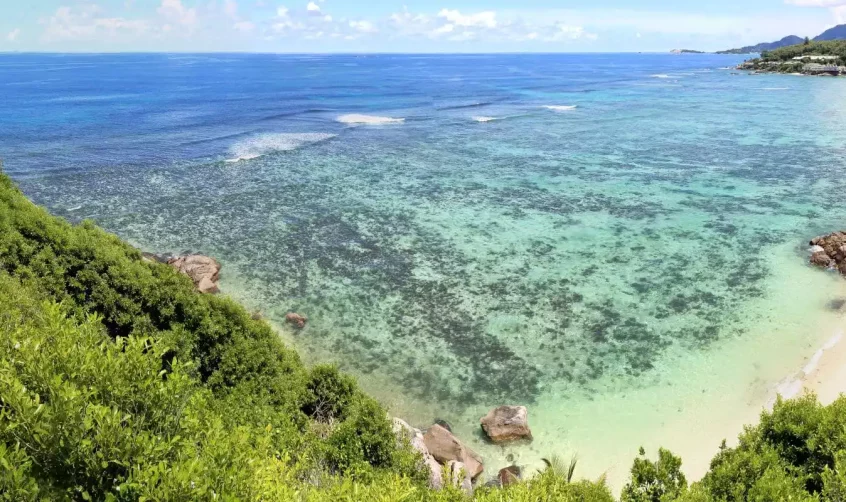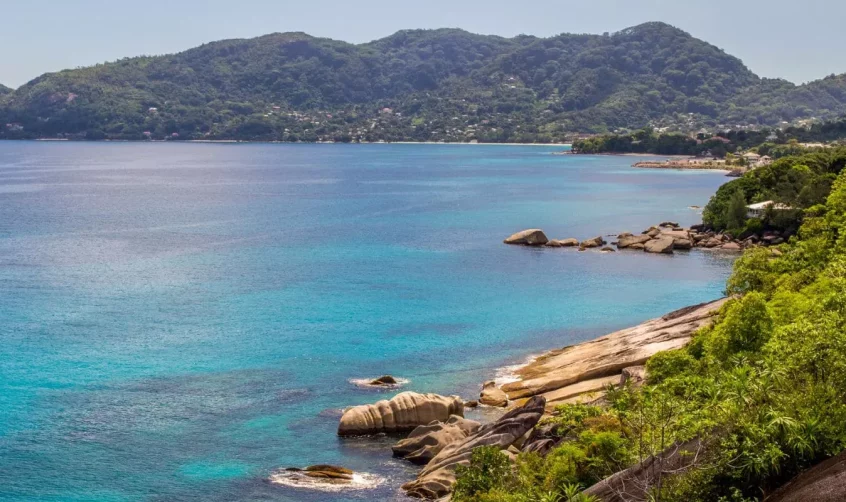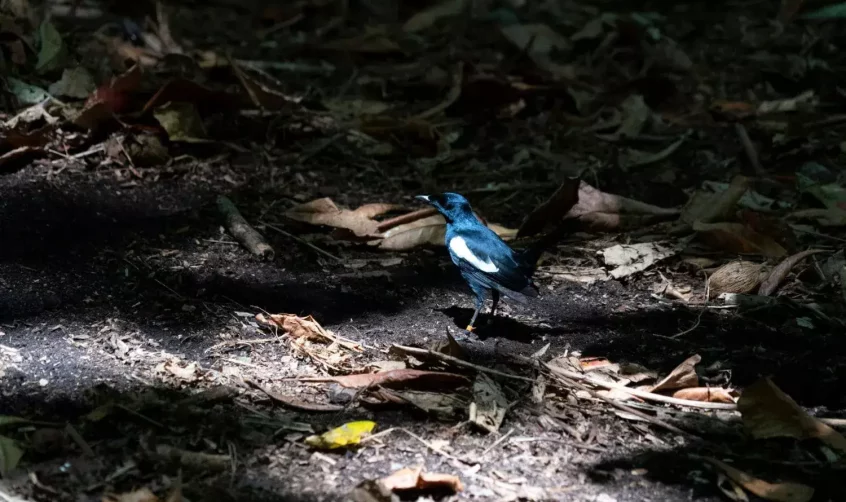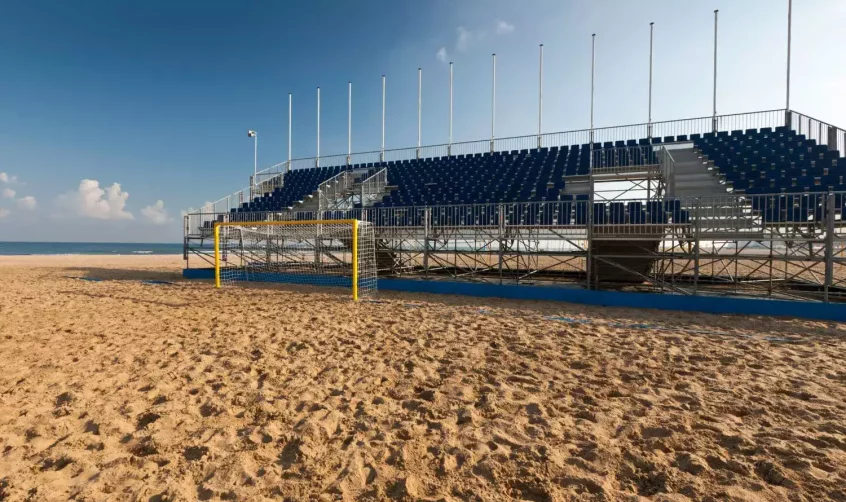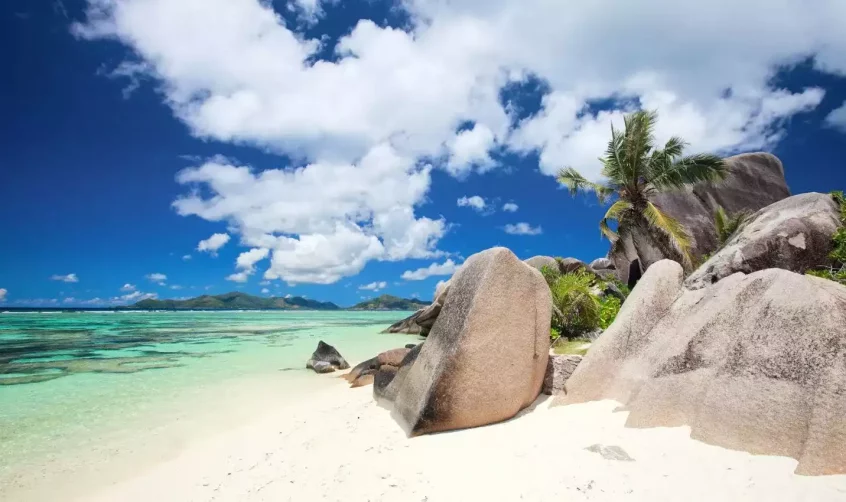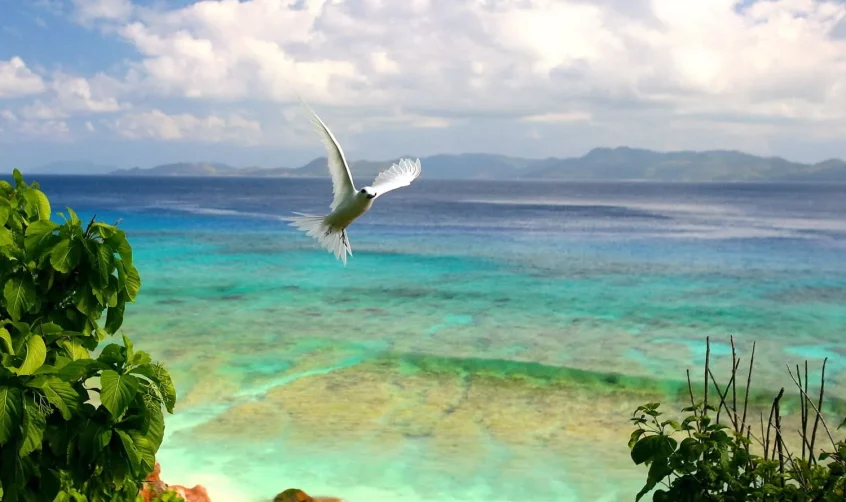Moyenne Island in Seychelles: A Hidden Gem of Natural Beauty and Conservation
Nestled in the shimmering waters of the Indian Ocean, Moyenne Island is a hidden gem in the Seychelles archipelago. The island, a mere 9.9 hectares, holds the title of the world's smallest national park. Visitors can explore this paradisiacal eco-reserve and get a glimpse of what the Seychelles were like before tourism arrived.
Read more
Beau Vallon Beach: A Stunning Tropical Escape
Nestled in the northern region of Mahé, Beau Vallon Beach is a true gem of the Seychelles. This sprawling 1.75 km stretch of fine sand offers an idyllic setting for both relaxation and adventure. The beach's gentle slope into crystal-clear waters makes it a perfect spot for families, while its vibrant atmosphere is a magnet for tourists looking to enjoy snorkeling, surfing, and sunset views.
Read more
Magpie Robin Seychelles: Conservation Efforts and Ecological Impact
The Seychelles Magpie Robin, scientifically known as Copsychus sechellarum, is a rare and captivating bird species endemic to the granitic islands of Seychelles. This medium-sized bird, reaching approximately 25 cm (9.8 in) in length, displays striking black plumage with a distinctive white shoulder patch. This species is critically endangered, with a population that had dwindled to just 25 individuals by the 1970s, highlighting its precarious existence in the wild.
Read more
FIFA Beach Soccer Tournament 2025: Key Highlights and Predictions
The FIFA Beach Soccer World Cup in 2025 promises to be an exhilarating event as it will be held in the stunning location of Victoria, Mahé Island, in the Seychelles. This marks the first time that an African nation will host the tournament, adding a unique charm to this prestigious competition. Beach soccer fans can look forward to a captivating tournament set against a paradisiacal backdrop surrounded by crystal-clear waters and coral reefs.
Read more
Anse Source D’argent
Anse Source d’Argent, located on La Digue island in the Seychelles, is renowned for its breathtaking scenery. It is a tapestry of stunning white sands framed by towering granite boulders and shaded by lush palm trees.
Read more
Aride Island
Stretching across 68 hectares, this relatively small landmass manages to play host to an astonishing diversity of seabirds, more than any other island in the archipelago. This biodiversity has not gone unnoticed, prompting the establishment of the Aride Island Nature Reserve, dedicated to preserving its unique environment and the myriad species that call it home.
Read more




